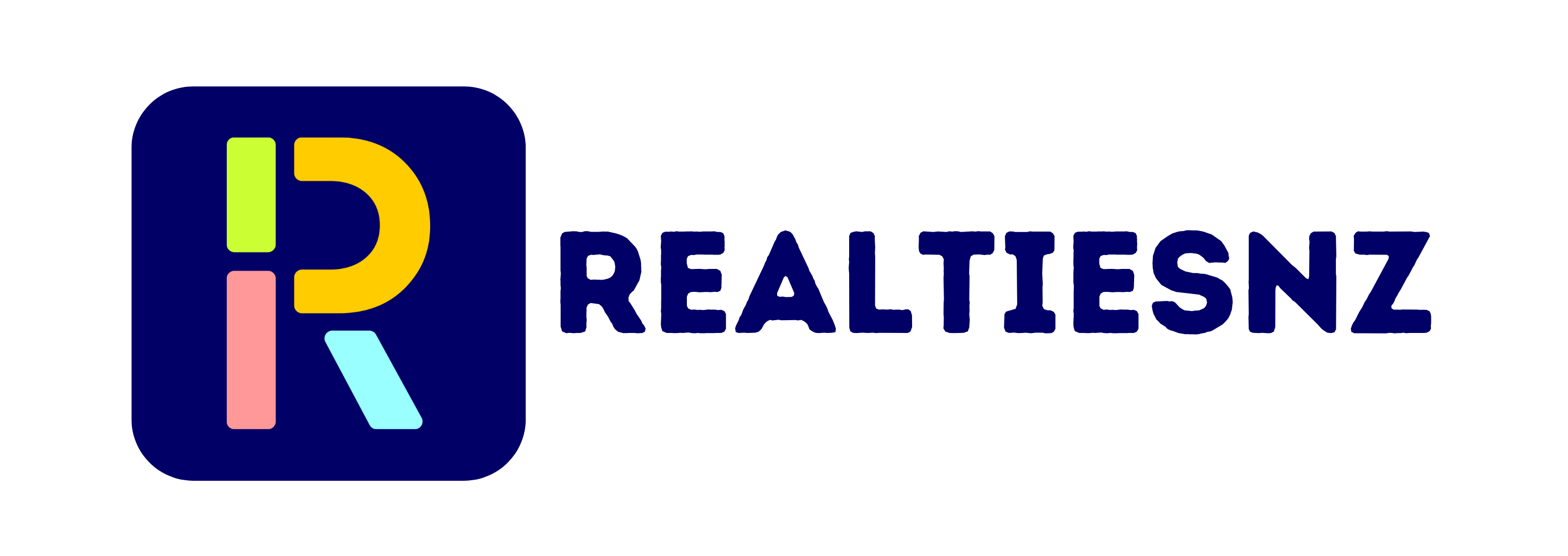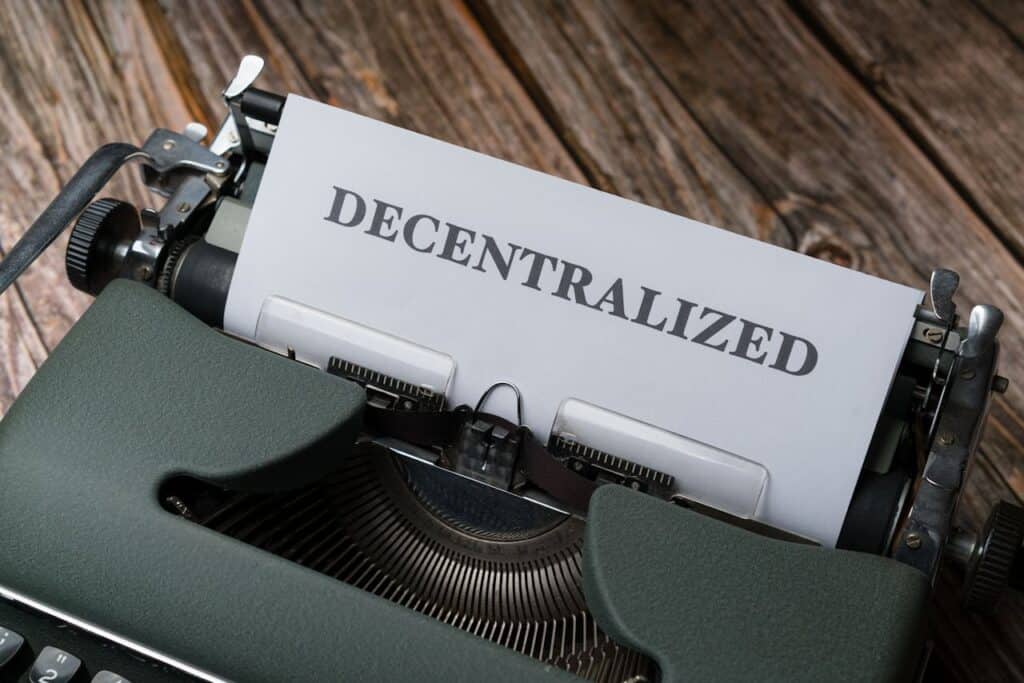Money2 Is Here: How Stablecoins and DeFi Are Replacing Banks
A silent revolution is unfolding in the financial world. While mainstream attention drifts between memecoins, AI buzz, and hype cycles, a more profound shift is taking place—quietly, steadily, and globally. This shift is called Money2. What Is Money2? Coined by Curve Finance founder Michael Egorov, Money2 refers to a modern, programmable financial system that operates outside traditional banking.
Built on decentralized protocols and stablecoins, it enables users to transact, lend, and save—all without intermediaries like banks or payment processors. Stablecoins:
The Cornerstone of Money2 Stablecoins—cryptocurrencies pegged to fiat currencies like the US dollar—are essential to this new ecosystem.
By February 2025, the total value of stablecoins in circulation had reached USD 225 billion, representing a 63% increase over the prior year. This rapid growth highlights the increasing reliance on digital assets for everyday transactions and global financial infrastructure. DeFi as the Financial Engine Money2 wouldn’t be possible without decentralized finance (DeFi). DeFi platforms use smart contracts to replace traditional banking services.
Whether it’s borrowing, lending, or trading, these services are performed automatically by code—without needing banks or human oversight. Together, stablecoins and DeFi create a self-sustaining, permissionless, and transparent system where anyone can participate.
Key Differences from Traditional Finance
• No Gatekeepers: Anyone with internet access can interact with these financial tools.
•Global by Design: Money2 doesn’t rely on borders, banking hours, or regional currencies.
• Code as Trust: Instead of trusting banks, people rely on smart contracts to execute actions fairly and transparently.
Risks and Roadblocks Despite its promise, Money2 faces real challenges:
• Unclear Regulation: Many jurisdictions still struggle to define DeFi and stablecoin frameworks.
• Security Flaws: Smart contract bugs can create vulnerabilities.
• Liquidity Hurdles: Scaling to mainstream levels requires deep, consistent liquidity.
Why It Matters Now What was once experimental is now operational. As developers continue to refine DeFi platforms and investors increasingly store value in stablecoins, the architecture of Money2 gains strength.
The current global banking infrastructure—slow, siloed, and exclusionary—can no longer meet the expectations of digital-native users. Money2 offers an alternative: faster, borderless, user-driven finance.

